If you’re an oil painter, then you know that turpentine is an essential part of the process. But what exactly is turpentine, and what does it do? In this article, we’ll discuss the uses of turpentine in oil painting, and we’ll provide some tips on how to use it safely and effectively. We’ll also take a look at some of the alternatives to turpentine that are available on the market today. So whether you’re a beginner or a seasoned pro, read on for all you need to know about turpentine for oil painting!
A Guide to Turpentine as an Oil Painting Solvent
Turpentine is a solvent derived from the distillation of pine resin. It’s been used as a paint thinner and brush cleaner for centuries, and it’s still an essential tool for artists today. Turpentine is highly flammable, so it’s important to use it with caution. When using turpentine, be sure to work in a well-ventilated area and keep away from open flames.
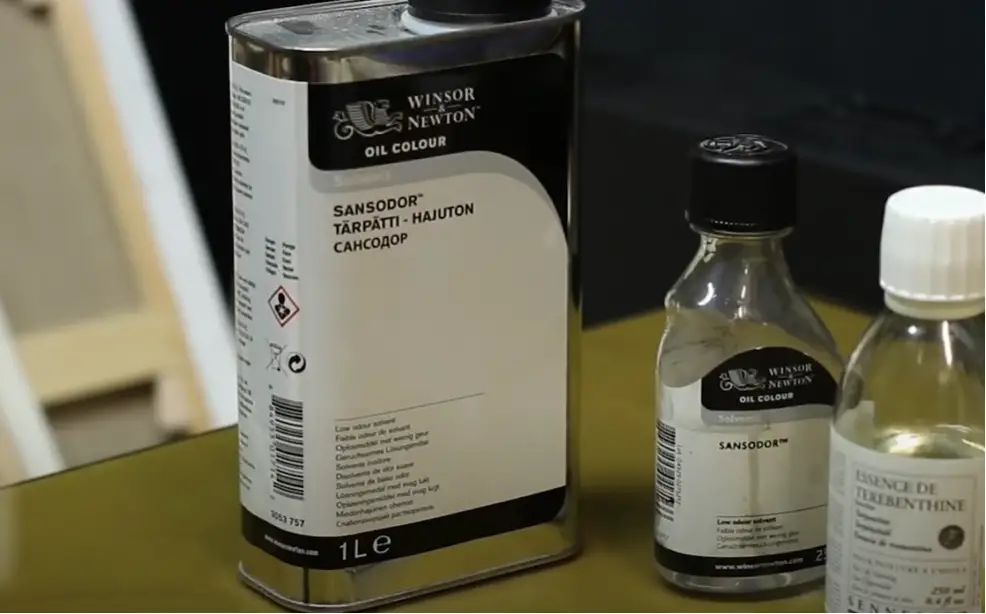
There are two main types of turpentine: mineral turpentine and distilled turpentine. Mineral turpentine is made from petroleum products, while distilled turpentine is produced from the resin of coniferous trees. Distilled turpentine is considered the superior type of turpentine for oil painting, as it evaporates more quickly and has fewer impurities.
Turpentine is an excellent solvent for oil paint and can help to thin out thick paint layers or remove dried paint from brushes. It’s also useful for cleaning your palette and tools after a painting session. To use turpentine as a brush cleaner, simply soak your brushes in the solvent and then rinse them with soap and water.
When thinning out paint, start with a small amount of turpentine and add more if needed. Be careful not to add too much, as this can make the paint difficult to work with. If you’re removing dried paint from brushes, you can either soak the brushes in turpentine overnight or use a brush comb to loosen the dried paint before rinsing.
There are some health concerns associated with turpentine, so be sure to do your research before using it. If you’re pregnant or breastfeeding, it’s best to avoid using turpentine altogether. Some people may also be allergic to turpentine, so it’s always a good idea to do a patch test before using it on your skin or in your studio.
Use Rectified Spirit of Turpentine for An Effective Turpentine with a Pleasant Scent
Would you like to have an effective turpentine with a pleasant smell? You can use what is called “rectified spirit of turpentine”. This type of turpentine has been distilled multiple times to remove impurities, making it a purer form of the solvent. It’s also less likely to cause irritation when used on the skin.
To use a rectified spirit of turpentine, simply add a small amount to your paint thinner or brush cleaner and follow the same safety precautions as you would with regular turpentine. You can also use it to clean your palette and brushes after painting. Just be sure to rinse your brushes well with soap and water before using them again. [2]
What is the Difference Between Oil Painting Solvents: White Spirit and Turpentine?
When it comes to oil painting, there are two main types of solvents commonly used: white spirit and turpentine. Both have their own benefits and drawbacks, so it’s important to choose the right one for your project.
White spirit is a petroleum-based solvent that is great for thinning oil paint and cleaning brushes. It is also less smelly than turpentine, making it a good choice for indoor painting. However, white spirit can be more expensive than turpentine and it is not as effective at dissolving paint.
Turpentine is a natural solvent made from tree sap. It is great for thinning oil paint and removing paint from brushes. Turpentine is also less expensive than white spirit and it has a stronger smell. [3]
Why Do You Need to Use Turpentine for Oil Paintings?
Turpentine is a solvent that helps to thin out the paint and make it easier to work with. It also helps to speed up the drying time of the paint so that you don’t have to wait as long for your painting to dry. Without turpentine, your oil painting would be a lot more difficult to work with and it would take much longer to dry.
There are two different types of turpentine that you can use for oil painting: distilled and mineral.
Distilled turpentine is made from the resin of pine trees, while mineral turpentine is made from crude oil. Both types of turpentine will work equally well for oil painting, so it’s up to you to decide which one you prefer.
When using turpentine, it’s important to remember that less is more. You only need to use a small amount of turpentine in order to thin out your paint and make it easier to work with. If you use too much turpentine, it can actually make your paint thicker and more difficult to work with.
Turpentine is also flammable, so it’s important to be careful when using it. Make sure that you’re working in a well-ventilated area and that you have a fire extinguisher nearby just in case. [4]
A Safe Guide to Using Turpentine with Oil Paints
Turpentine is a volatile, flammable liquid distilled from pine trees. It has a long history of being used as a solvent and paint thinner in oil painting, dating back to the 15th century. Turpentine was particularly popular during the Renaissance period, when artists such as Leonardo da Vinci and Michelangelo used it to thin their paints and clean their brushes.
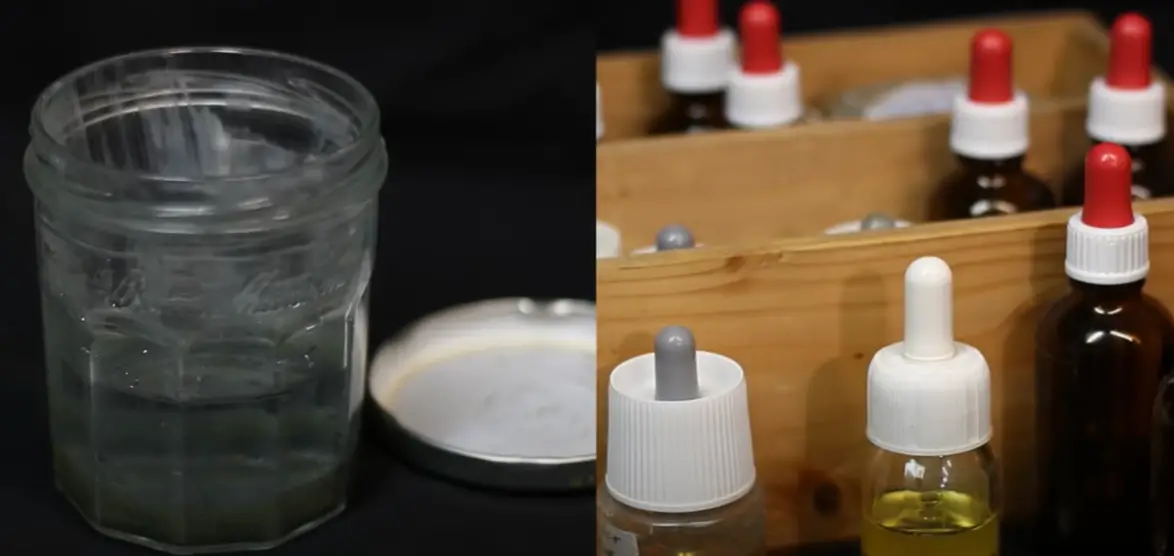
Despite its widespread use, turpentine can be dangerous if not used properly. Inhaling its fumes can cause dizziness, nausea, and headaches. It can also irritate your skin and eyes. That’s why it’s important to take precautions when using turpentine, such as working in a well-ventilated space and wearing gloves and a mask. [5]
Most Recommended Turpentine for Artistic Use
Turpentine is a volatile oil distilled from pine resin and has been used as a paint thinner and brush cleaner since the 15th century. It is still the preferred solvent for many artists today.
There are two types of turpentine available on the market: gum turpentine and spirit turpentine. Gum turpentine is less refined and contains impurities that can yellow your paint, so it’s not recommended for use in painting. Spirit turpentine is highly refined and doesn’t contain these impurities, making it the better choice for artists. [6]
Turpentine can be used to thin oil-based paints, clean brushes, and remove paint from surfaces. It evaporates quickly, so it’s important to work in a well-ventilated area when using it.
Turpentine is a flammable substance, so it’s important to take precautions when using it. Store it in a cool, dark place away from heat sources and keep it out of reach of children and pets.
When using turpentine, always pour it into a container before adding it to your paint or brush. Never pour turpentine directly onto a painting surface or brush, as this can damage the bristles or paint.
Once you’re finished painting, clean your brushes with soap and water. Then rinse them with turpentine to remove any residual paint. Finally, store your brushes in a dry, safe place until you’re ready to use them again.
How to Mix Pigment with Turpentine and Make Your Own Paint?
If you’re interested in making your own oil paint, you’ll need two things: pigment and linseed oil. You can purchase pigment at an art supply store, or you can grind your own from natural materials such as rocks or plants. [7]
Once you have your pigment, add a small amount of it to a container of linseed oil. Then slowly add turpentine to the mixture, stirring constantly until the desired consistency is achieved.

Your homemade paint will be less refined than store-bought paint, so it’s important to strain it before use. Pour the paint through a fine mesh strainer into another container, discarding any impurities that are left behind.
Now you’re ready to start painting! Remember to work in a well-ventilated space and to clean your brushes thoroughly when you’re finished.
What Can I Use Instead of Turpentine?
There are a few alternatives to turpentine that you can use for oil painting. Mineral spirits and paint thinners are both petroleum-based solvents that can be used to thin paint and clean brushes. However, they’re not as effective as turpentine and can be more expensive.
Another option is white spirit, which is a type of mineral spirit. It’s less smelly than turpentine and doesn’t contain any harmful fumes, making it a safer choice for indoor use. However, it’s not as effective at thinning paint and may damage some brush bristles.
Does Turpentine Make Oil Paint Dry Faster Or Slower?
Turpentine can accelerate the drying time of oil paint. This is due to the fact that turpentine evaporates quickly, which causes the paint to dry more quickly
Turpentine is also known to thin oil paint. This is because it breaks down the oil molecules in the paint, making them smaller and less dense. As a result, the paint becomes thinner and easier to spread.
Do You Have To Use Turpentine When Oil Painting?
Turpentine is not essential for oil painting, but it can be helpful in certain situations. For example, if you’re using oil paints that are thick and difficult to spread, adding a small amount of turpentine to your brush can help the paint flow more smoothly.
Turpentine can also be used to clean brushes after painting. This is because it breaks down the oil-based paint, making it easier to remove from the bristles. Simply soak your brushes in turpentine for a few minutes, then rinse them with water and soap.
Finally, turpentine can be used to thin oil paint when necessary. If your paint is too thick or dense, adding a small amount of turpentine will help to achieve the desired consistency.
FAQ
What can I use instead of turpentine for oil painting?
There are a few alternatives to turpentine that you can use for oil painting, including mineral spirits, paint thinners, and white spirit. You can also purchase citrus solvent, which is a natural and biodegradable alternative to turpentine. However, keep in mind that these alternatives may not be as effective as turpentine and can be more expensive.
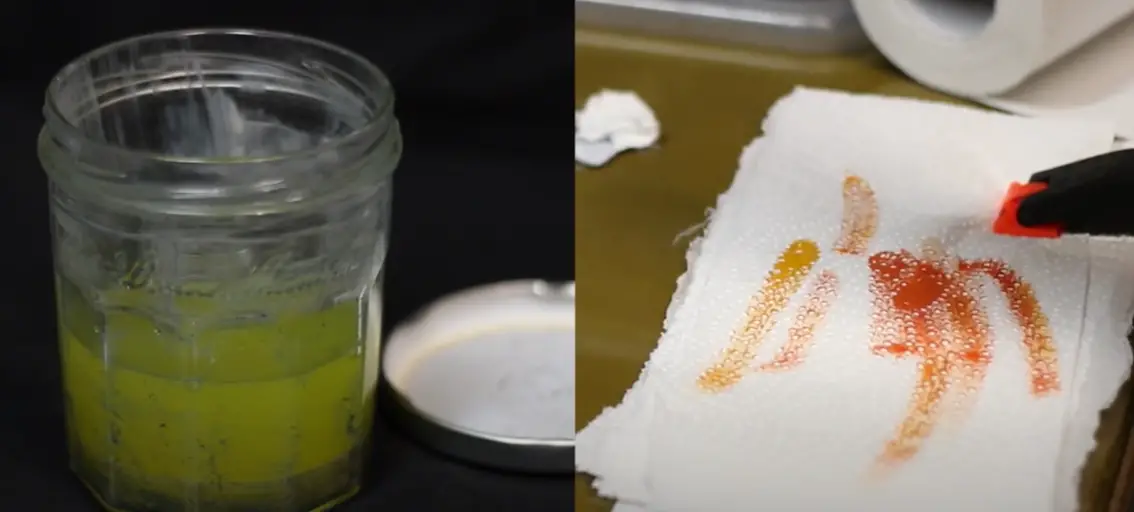
Can I use oil paint straight from the tube?
No, oil paint straight from the tube is too thick and dense to use. You’ll need to thin it out with a solvent such as turpentine before you can start painting. The amount of turpentine you’ll need to add to your paint will depend on the type of paint you’re using and the desired consistency. Start with a small amount and add more as needed. Remember that you can always thin out your paint if it’s too thick, but you can’t make it thicker once it’s been diluted.
Can I use olive oil for oil painting?
Yes, you can use olive oil as an alternative to turpentine for oil painting. However, keep in mind that olive oil will make your paint dry more slowly. You’ll also need to use more of it to thin out your paint.
What causes oil paint to crack?
Oil paint can crack if it dries too quickly. This is often caused by using a solvent such as turpentine that accelerates the drying time. It can also be caused by painting in hot or humid conditions. To prevent your paint from cracking, add a slow-drying medium to your paint or use a thicker type of paint. One way to tell if your oil paint is dry is to touch it lightly with your finger. If the paint feels tacky or sticky, it’s not yet dry. Another way to tell if oil paint is dry is to look at the surface of the paint. If it’s dull and matte, it’s probably dry.
What is the best way to thin oil paint?
The best way to thin oil paint is with a solvent called turpentine. Turpentine is a clear, yellowish liquid that is distilled from pine resin. It has a strong, pungent odor and is highly flammable.
Turpentine is an excellent solvent for oil paint because it dissolves the paint’s oil medium, making the paint thinner and more fluid. This makes it easier to work with and allows you to create finer brushstrokes.
Why do my oil paintings look dull?
One reason your oil paintings may look dull is because you’re using low-quality paint. If the paint is too thick or dense, it will dry slowly and become dull. Another reason your oil paintings may look dull is because you’re not using enough medium. Mediums add shine and luster to paintings, so be sure to use a sufficient amount. Finally, make sure you’re using the right type of brush for the paint you’re using. A natural bristle brush will give your painting a more matte finish, while a synthetic brush will create a glossy finish.
Useful Video: Oil Painting for Beginners – Safety and Products
Conclusion
Turpentine is made from the resin of pine trees and has been used as a natural medicine and cleaning product for centuries. When it comes to oil painting, turpentine is used as a thinner and brush cleaner. It can also be used to create interesting effects on your paintings. Turpentine is a powerful solvent, so it’s important to use it in well-ventilated areas and avoid skin contact. If you’re looking for a safe and effective way to clean your brushes and thin your paint, look no further than turpentine.
References
- https://www.chemtradeasia.com/blog/3-important-facts-about-turpentine-in-oil-painting
- https://www.wetcanvas.com/forums/topic/distilled-and-rectified-turpentine/
- https://www.thecreativefolk.com/white-spirit-vs-turpentine/
- https://firefighterinsider.com/turpentine-flammable/
- http://char.txa.cornell.edu/MEDIA/PAINTING/OILPAINT/oilpaint.html
- https://www.pinetarworld.com/is-gum-turpentine-the-same-as-turpentine-oil/
- https://www.oldholland.com/fr/academy/make-your-own-oil-paint/
- https://www.quora.com/Can-you-use-turpentine-with-slow-dry-linseed-oil-for-painting


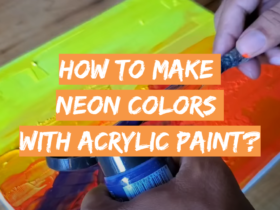
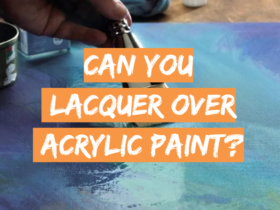

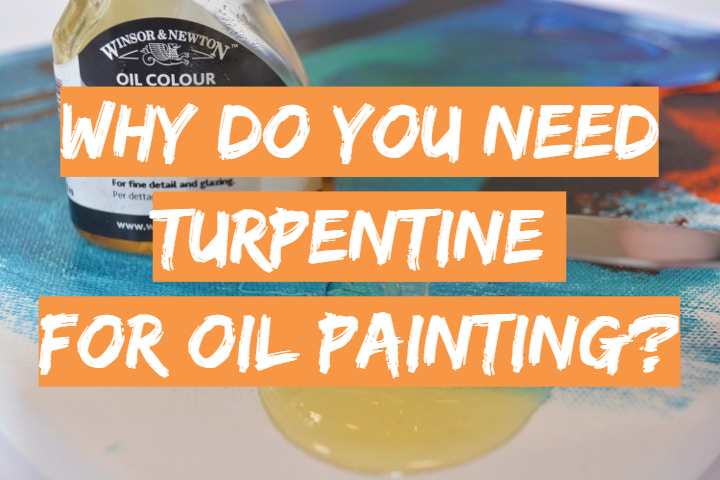




Leave a Review